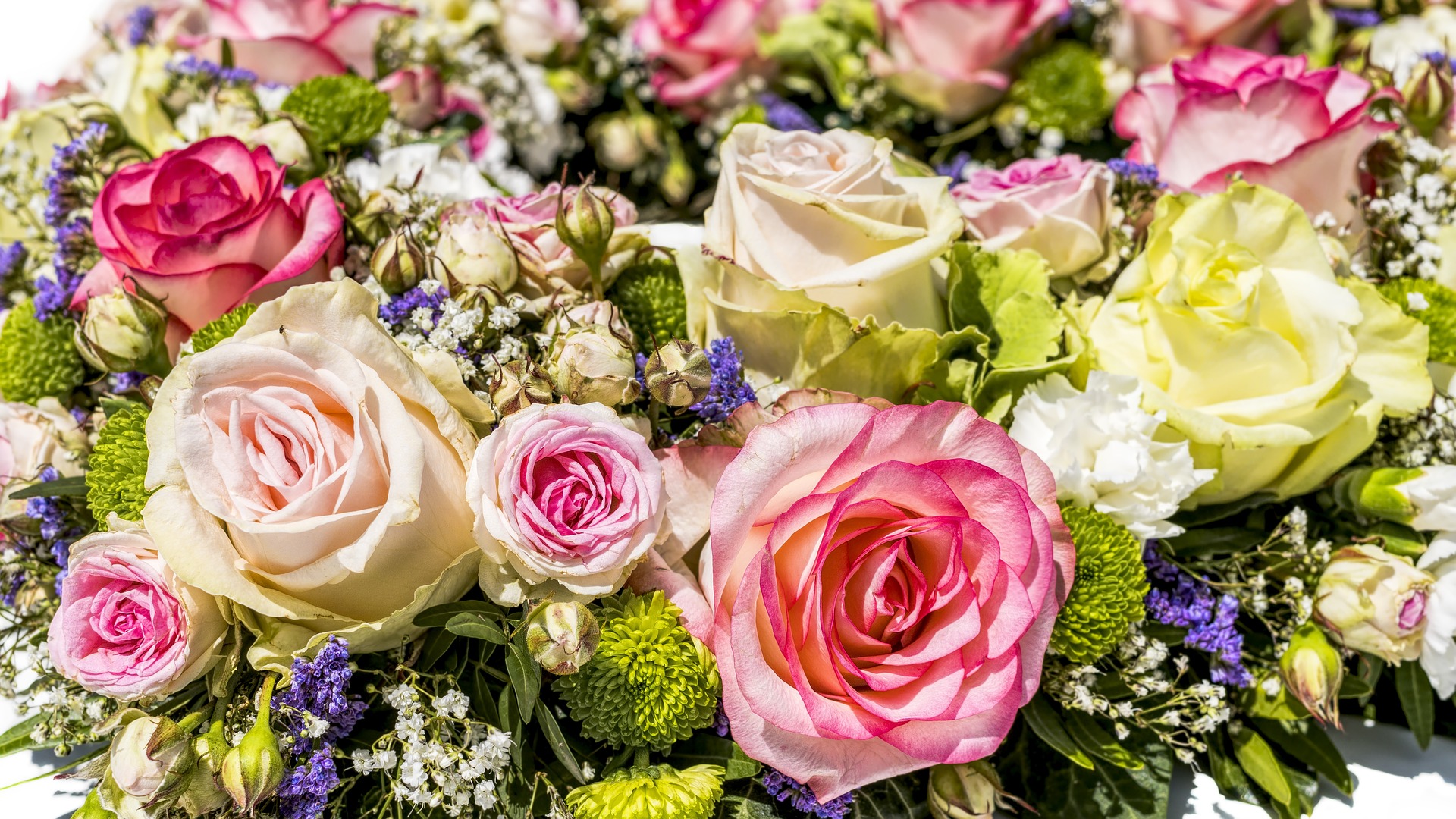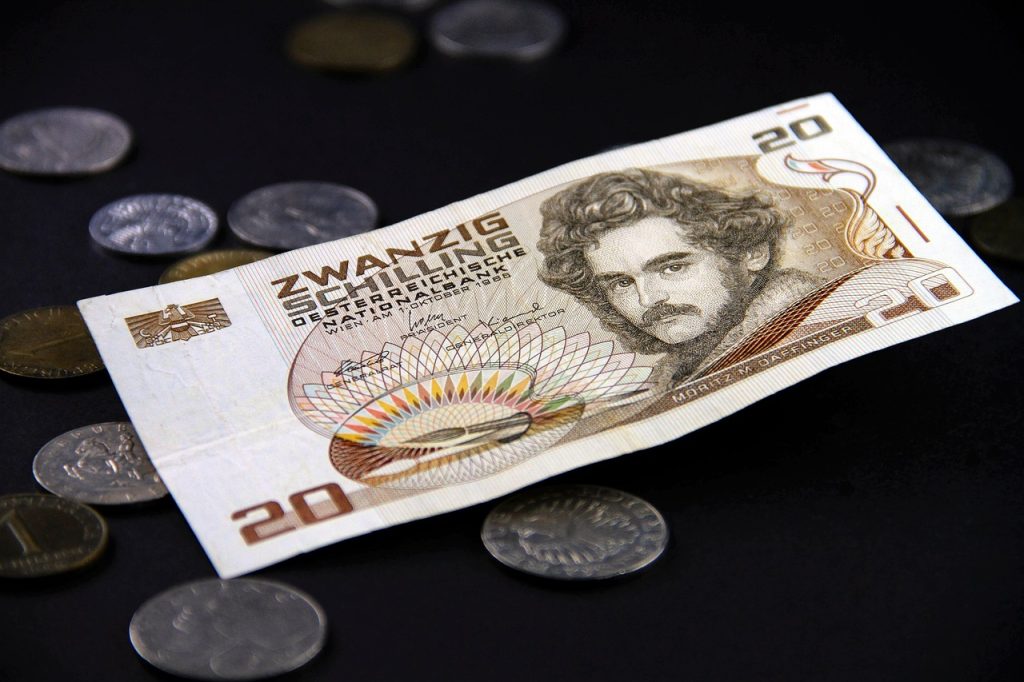Once upon a time, the symbolism of flowery bouquets communicated feelings prevented by etiquette. What messages flowers convey depends not only on the variety – the colour also plays a role. For example, red roses mean love, while white ones stand for death and farewell. If you combine colours, the symbolic power can be defused: Thus, yellow (envy and jealousy) and white (death and mourning) flowers may also be included in the Valentine’s Day bouquet.
Red roses – stand for love, passion and loyalty: according to ancient legends, roses originated as remnants of the dawn on earth – they were dedicated to numerous gods such as Aphrodite. As in the well-known fairy tale “Snow White and Rose Red,” roses play a role in legends, fairy tales and songs.
White roses – secrecy, death and mourning: In ancient times, white roses were a sign of secrecy: since the Middle Ages, rose patterns have adorned many confessionals. Today, white roses are popular at weddings. However, white represents death and mourning, so white roses are often included in funeral wreaths and mourning decorations. The Germanic tribes planted roses on sacrificial sites and graves.
Pink roses – youth, esteem, friendship, also possible for a young love: peonies decorated emperors’ gardens for thousands of years as a symbol of beauty.
White lily – purity, femininity, love and fertility, popular at weddings: the Holy Mother of God or the Archangel Gabriel are often depicted with a brilliant white lily: In the archangel’s hand, it is said to represent purity and virginity of the Madonna. In the oldest book of Japan from 712, lilies are mentioned in the wedding scene of the first emperor.
Tulips – friendship, family, love, spring: since tulips represent spring, they are considered a symbol of rebirth: therefore, they are often given as gifts at the beginning of a new stage of life, birth or Valentine’s Day. Although tulips stand for affection in the language of flowers, literature and performing arts, they also reflect transience.
Violet – humility, modesty, innocence, but also the flower of love: the fragrant violet was consecrated to numerous Roman and Greek deities: the beautiful daughter of Atlas was pursued by the sun god with his rays and asked Zeus for help – the latter transformed the girl into a violet growing in the forest, protected from the sun’s rays. Because of its beguiling fragrance, the Greeks considered it the flower of love. The first violet after winter – a messenger of spring – was welcomed at the Viennese court around 1200 with a lavish feast.
White chrysanthemums – stand for mourning and death; the heart is free. The garden chrysanthemum was cultivated in China 3,000 years ago. In France, garden chrysanthemums symbolize mourning and represent All Saints’ Day: In floral language, they reflect the beauty and transience of life and are often part of funeral floristry. In Japan, the flower is the imperial house’s symbol- the chrysanthemum throne.
Gladiolus – strength, pride, admiration: the name is derived from “Gladius,” the word for a Roman short sword: among the Romans, gladioli symbolized strength and victory.
- source: kurier.at/picture: Bild von PayPal.me/FelixMittermeier auf Pixabay
This post has already been read 1756 times!



